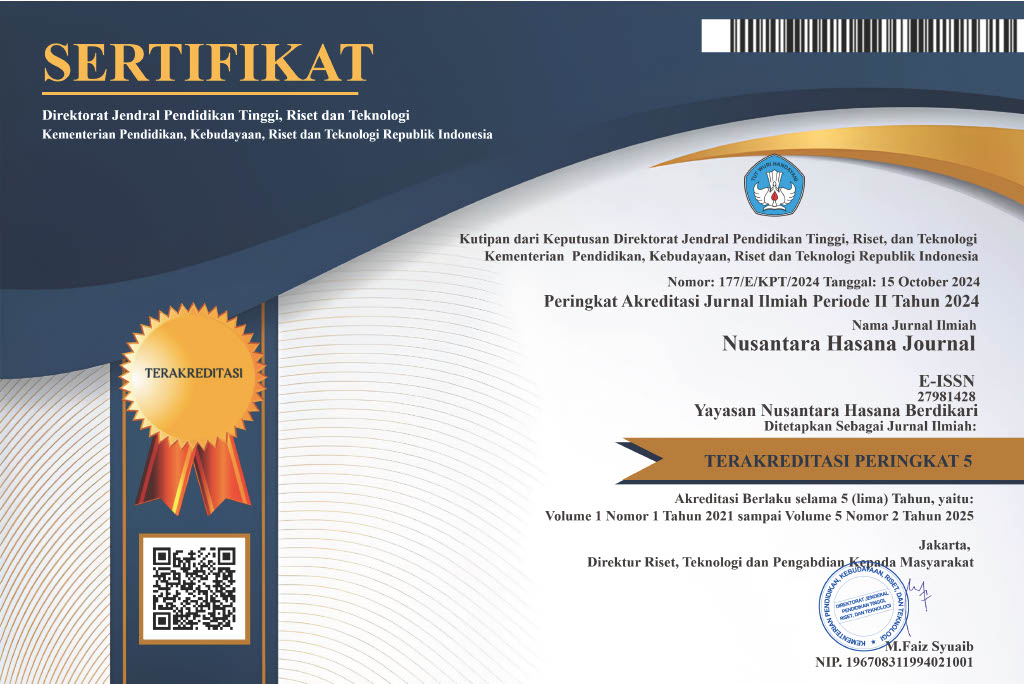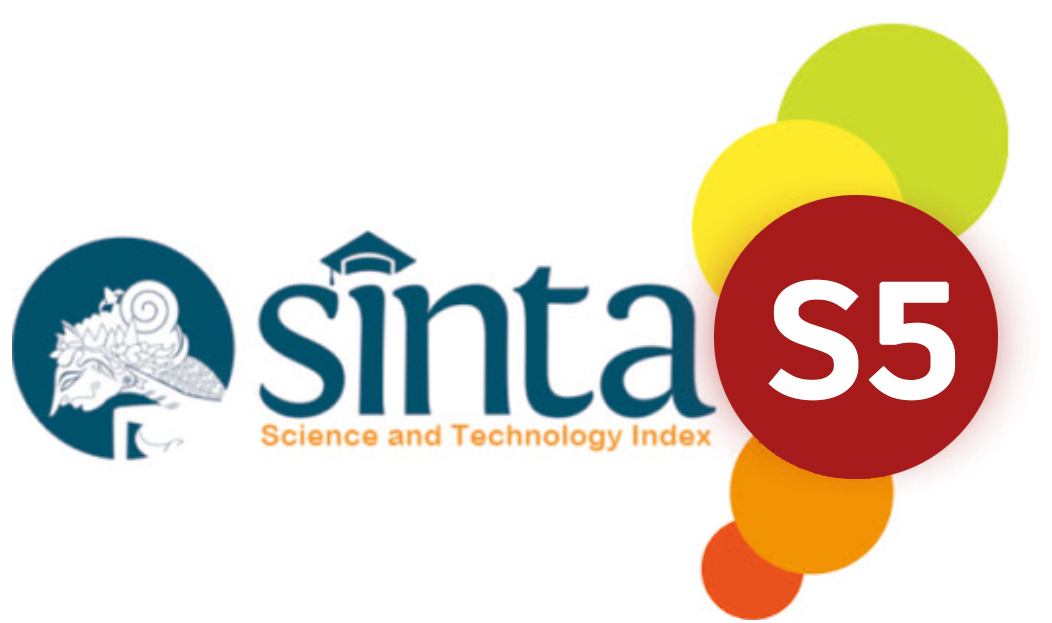KAJIAN PERTUMBUHAN DAN HASIL BERBAGAI VARIETAS SELADA (Lactuca sativa) MENGGUNAKAN TEKNIK AQUAPONIK PADA KOLAM IKAN NILA DI DESA PESANTREN, WANAYASA, BANJARNEGARA
DOI:
https://doi.org/10.59003/nhj.v5i1.1486Keywords:
Aquaponics, Growth and Yield, Tilapia Fish Pond Lettuce, VarietiesAbstract
Lettuce (Lactuca sativa) is one of the horticultural commodities that has good prospects and commercial value. According to BPS data, Banjarnegara Regency has experienced an increase from 2021 to 2023. One way to increase lettuce production is by utilizing tilapia fish ponds using an aquaponics system. This technique also cultivates and harvests two commodities simultaneously, namely lettuce and tilapia fish. This research aims to determine the growth and yield of lettuce (Lactuca sativa) and to identify the suitable varieties for the aquaponic system. The research was conducted from December to January in the pesantren village. The method used is a Completely Randomized Design (CRD) non- factorial with one treatment, using five varieties of lettuce: Romaine, Siomak, Grand Rapid, Olga Red, and Captiva. The observational data were analyzed using SPSS software. If significant differences are found, further analysis using the DMRT 5% test will be conducted to determine the best treatment. The results of the study indicate that the best variety from the data is V3 (grand Rapid) with a high wet weight value of (99.06 grams), the highest dry leaf weight (2.58 grams), and the widest leaf area (51.01 cm2). V2 (Siomak) with a yield of 20.90 is significantly different and the highest from other treatments, indicating the greatest effect on plant height.
Downloads
References
Budiarti, T., & Widodo, A. (2022). Teknologi Budidaya Selada Secara Hidroponik di Lahan Terbatas. Jurnal Pertanian Tropis, 10(2), 55–62.
Effendi, H. 2003 .Telaah Kualitas Air Bagi Pengelola Sumber Daya dan Lingkungan Perairan.Yogyakarta.
Handoko, R., & Putri, D. (2023). Pengaruh Nutrisi dan pH terhadap Pertumbuhan Selada (Lactuca sativa L.) dalam Sistem Hidroponik. Agritech Journal, 15 (1), 12–19.
Hidayat, M., 7 Suryanto, E. 2021. Pemanfaatan Sistem Aquaponik Untuk Budidaya Ikan Nila dan Sayuran Dalam Lahan Terbatas. Jurnal Agroindustri, 9 (1), 35-41.
Nugroho, E Dan Sutrisno. 2008. Budidaya Ikan dan Sayuran Dengan Sistem Akuaponik. Jakarta: Penebar Swadaya.
Nugroho, Y.S., & Dewi, I. K. 2020. Respon Varietas Selada Terhadap Media Tanam dan Sumber Nutrisi Aquaponik. Jurnal Hortikultura Indonesia, 25 (2), 97-104
Putri, A.D., & Prasetyo, B. 2020. Pertumbuhan Ikan Nila Dalam Sistem Aquaponik dengan Tanaman Sawi dan Selada. Jurnal Perikanan Dan Kelautan, 11 (3), 120-127.
Resh, H. M. 2022. Hydroponic food production: A Devinitive Guide Book For The Advanced Home Gardener And The Commercial Hydroponic Grower (8th ed). CRC Press.
Rosliani, R. Dan N. Sumarni.2005. Budidaya Tanaman Sayuran dengan Sistem Hidroponik. Monografi (27). Bandung: Balai Penelitian Tanaman Sayuran.
Sari, R. P., & Widodo, H. (2023). Produktivitas Tanaman Selada pada Berbagai Varietas dan Media Tanam Hidroponik. Jurnal Hortikultura Indonesia, 18 (3), 101–109.
Setyaningrum, H. D., & Saparinto, C. 2011. Panen sayur secara rutin di lahan sempit. Jakarta: Penebar Swadaya.
Sutiyoso, Y. 2003. Hidroponik Ala Yos. Jakarta: Penebar Swadaya.
Suwandi. 2009. Menakar Kebutuhan Hara Tanaman Dalam Pengembangan Inovasi Budidaya Sayuran Berkelanjutan. Balai Pengkajian Teknologi Pertanian Jakarta. Pengembangan Teknologi Pertanian, 2 (2): 131-147.
Triyono, S. 2011. Modul Praktikum Rekayasa Pengolahan Limbah. Lampung: Teknik Pertanian. Universitas Lampung.
Downloads
Published
How to Cite
Issue
Section
License
Copyright (c) 2025 Fathur Rohman

This work is licensed under a Creative Commons Attribution-NonCommercial-ShareAlike 4.0 International License.
NHJ is licensed under a Creative Commons Attribution-NonCommercial-ShareAlike 4.0 International License.
Articles in this journal are Open Access articles published under the Creative Commons CC BY-NC-SA License This license permits use, distribution and reproduction in any medium for non-commercial purposes only, provided the original work and source is properly cited.
Any derivative of the original must be distributed under the same license as the original.
























